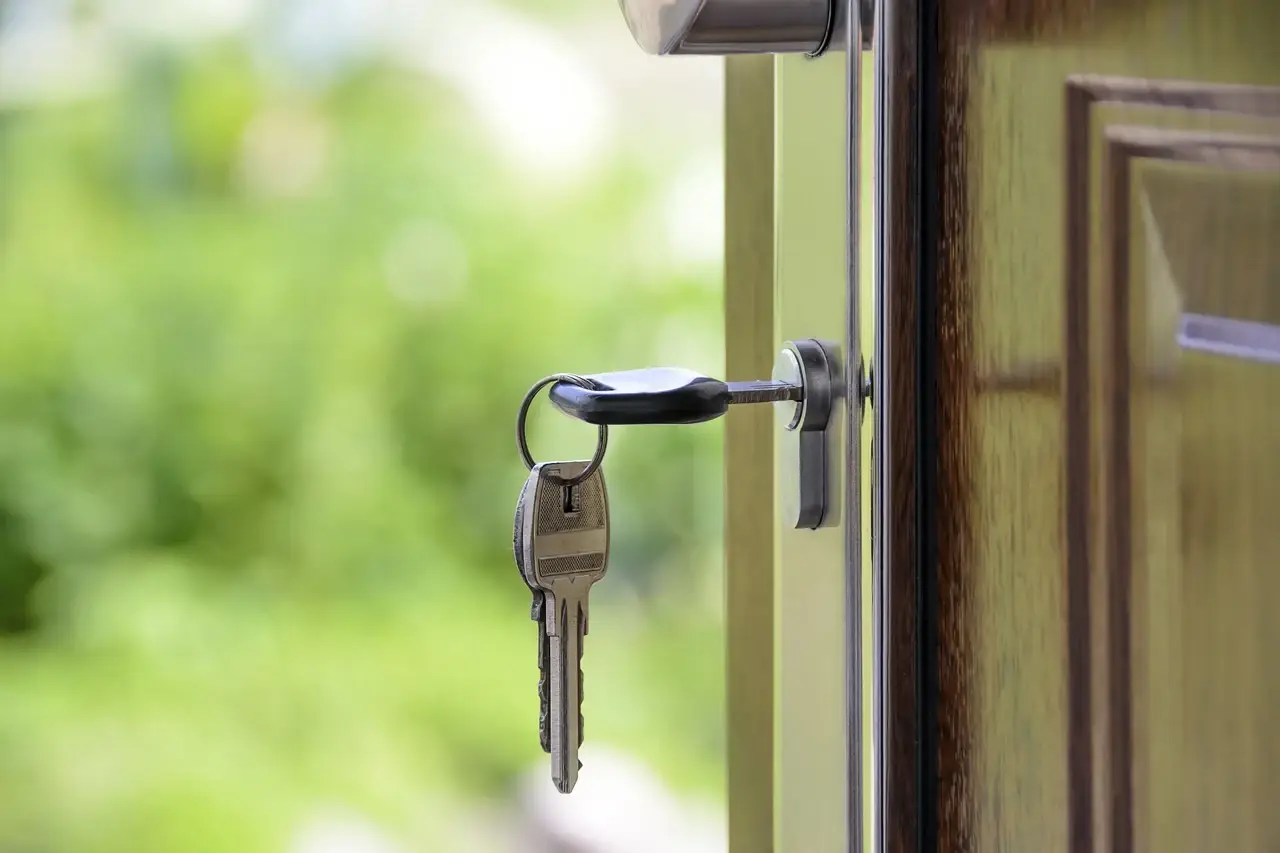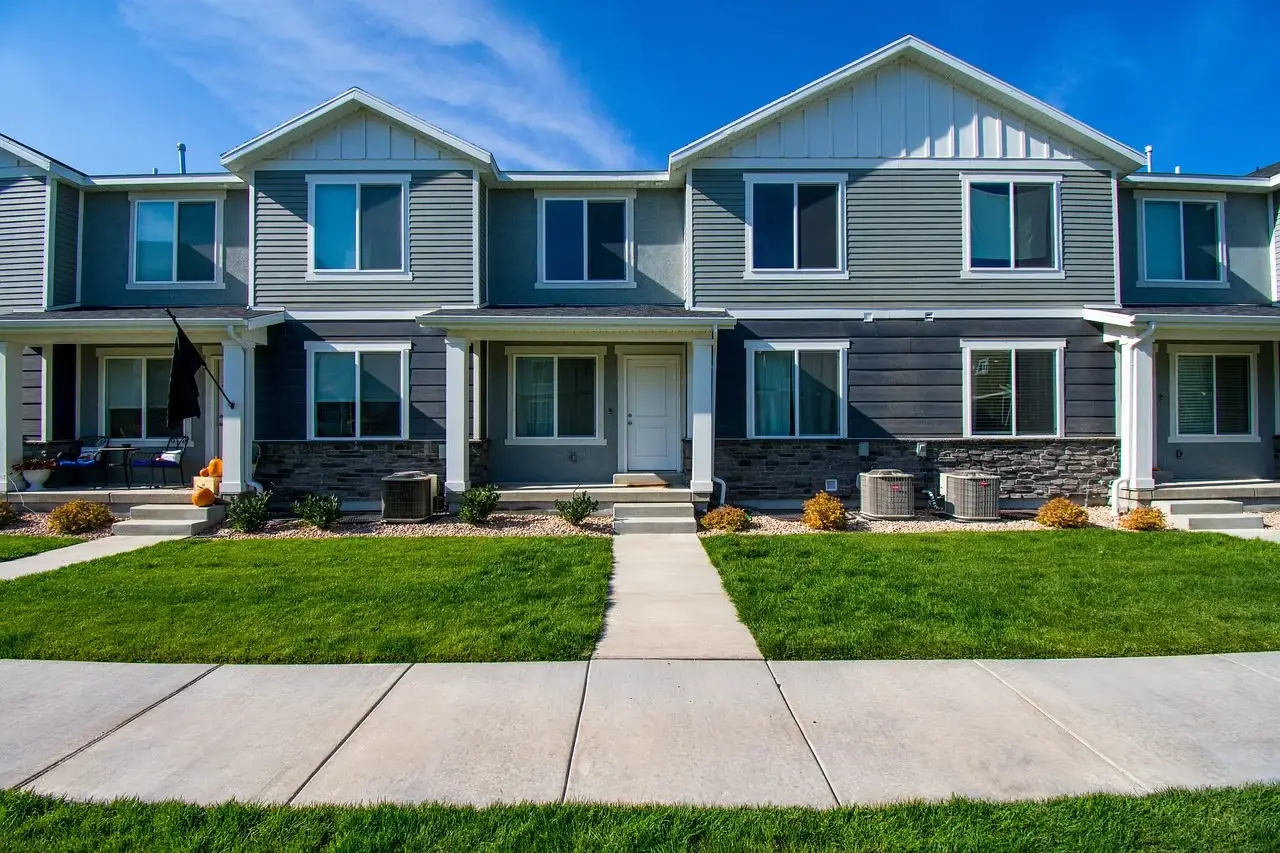Learn how to choose safe assets for sustainable growth and maximised returns. Discover proven strategies
Learn how to build a portfolio that produces consistent returns over time and explore strategies
Get tips on safe investments to minimise risk and ensure a secure financial future


Financial independence is not just a number in a bank account or a luxury for the chosen few. It is the ability to manage money in a way that they work without the need to constantly chase income. It is a state where capital provides stability, and decisions are made not out of fear of …

Investing in suburban real estate is a complex and multifaceted segment of capital management strategy. Unlike emotionally motivated purchases, a professional approach requires a cold calculation of the future intrinsic value of land plots and the structures built on them. The dynamics of suburban and remote areas, driven by changes in infrastructure, logistics, and lifestyle, …

Financial strategy always reflects the level of awareness. The conflict between “investment vs. savings” forms two approaches to money — preservation and growth. In 2026, the choice between them turns into a strategic task: high inflation, decreasing deposit rates, and financial system digitalization change the economic logic. Investment vs. Savings: Capital at Work or Idle …

The real estate market resembles a stock exchange of emotions and calculations. Some invest in long-term rentals, while others choose short-term deals. Among the latter, flipping stands out — a strategy that turns square meters into a tool for quick profit. The essence is simple: buying an undervalued property, quality renovation, smart positioning, and subsequent …

Financial markets change faster than the weather in New York. Every new investor stepping onto the exchange floor or opening their first brokerage account is faced with a deluge of information and advice. The best investment books help build a solid foundation of understanding, hone strategy, and avoid mistakes that can cost thousands of dollars. …

Investing is a long-term strategy, and for a beginner, the key is the ability to act consciously without panicking. Sometimes, a novice investor encounters abstract terms and frightening forecasts, creating the feeling that the world of finance is complex and inaccessible. But in reality, it is much simpler than it seems at first glance. The …
Stable rental income provides financial certainty


Real estate retains its value in the long term
Potential for significant capital appreciation through capital appreciation


Tax incentives and deductions contribute to increased profitability
Investing in property opens the door to a steady income and financial independence. You can enjoy rental income and long-term growth in the value of properties. But don't forget the risks: it is important to research the market thoroughly and choose suitable properties. Prepare yourself for new opportunities and start your journey to successful investments!
